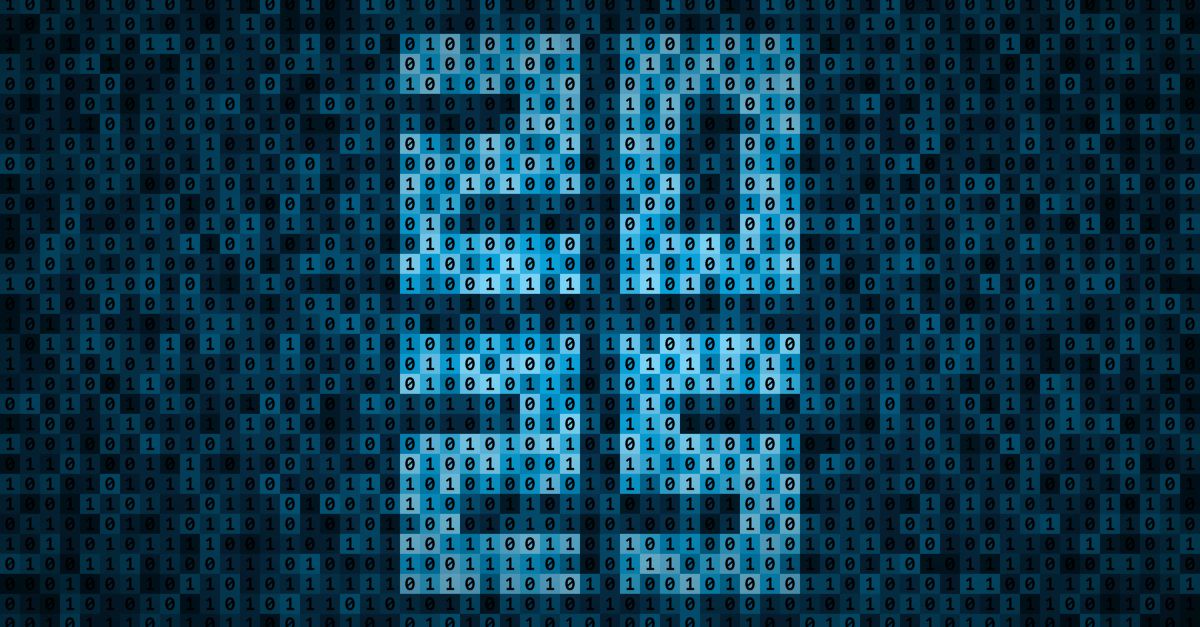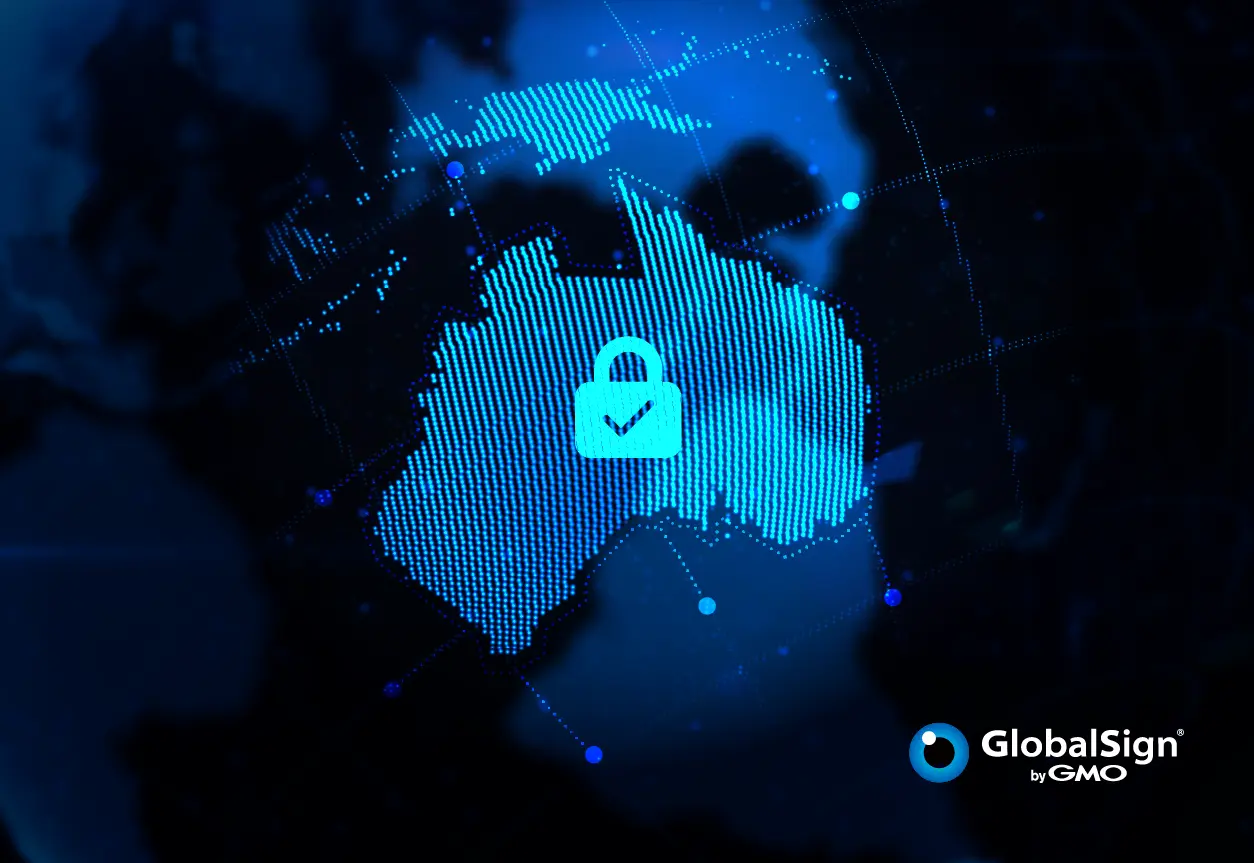Hackers are constantly looking for their next payload. One of the top targets for any cybercriminal is a company that either has a weak or non-existent cloud security system.
While once an afterthought for most companies and organizations, cloud security is today easily one of the most important aspects of any business, regardless of size. While companies can do a lot to keep their systems more secure from cybercriminals with virtual private networks, anti-virus systems, and intrusion detection systems to name a few measures, one of the most critical and overlooked aspects is not computer-related at all.
The truth is that 95% of cybersecurity breaches occur due to human error. Complicating matters is that contrary to what many small business owners may think, most cyber attacks are actually focused on smaller companies that cannot afford multi-million dollar security teams as large corporations can.
For these smaller businesses looking to bolster their cloud security, knowing where the leaks are likely to occur can be hard to identify. In this article, we will identify three specific security threats and what should be done to ensure they do not cost your company dearly.
Teaching Your Employees About Social Engineering Attacks
In 2019, approximately 98% of cybersecurity penetrations were the direct result of social engineering attacks, or scams that attempt to use human emotion to gain access to private information.
Keep in mind that while employees are often the weakest link in any security chain, most of those employees will still do their best to keep their company’s information safe in an effort to be dependable and trustworthy to their employers.
While this may sound like a good thing, the truth is that cybercriminals understand this built-in desire with employees and use it against them (and thus the company as a whole) through social engineering attacks. Criminals accomplish this through contacting the employee via a social networking site and initiating a conversation with them to gain their trust, until they can eventually use that trust to gain access to company information or customer data.
Sadly, an employee may pat themselves on the back after a social engineering attack, because they will not realize they have given out sensitive information to a criminal. Even though companies may have certain safeguards in place, their employees are often left untrained in proper cybersecurity measures.
Companies therefore need to train and recertify their employees to identify potential social engineering attacks and what they should and should not do when they encounter these attacks. Over time, it is easy for employees to forget their training and slip into the daily grind, and this is exactly what cybercriminals want.
The 2013 Target, 2014 Sony Pictures, and the 2016 Democratic Party hackings were all examples of social engineering attacks, which currently account for a whopping 98% of cybersecurity penetrations. It simply cannot be enunciated enough how important for companies to invest their resources into employee training and recertification.
Making Virtual Connections More Secure
As we quickly learned, businesses need a way to communicate with their employees away from their brick-and-mortar locations. Whether for basic telecommunications while traveling or to keep business running during a pandemic, virtual connections are essential to business sustainability.
During the initial lockdown phase for COVID-19, many businesses started relying on Zoom for their teleconference meetings. However, several breaches have occurred due to what is known as “Zoom bombing.”
To prevent Zoom bombing and help ensure the security of remote work, employees should be instructed to:
- Make sure they used the most up-to-date apps for their devices
- Create a unique ID and password for their calls
- Utilize the waiting room feature
- Disable screen-sharing for other users
- Lock meetings once they start
- Use an invite-only meeting
Unfortunately, most users were utilizing apps that were not updated with the newest security updates and they were compromised. Even worse, they were most likely using a non-secured internet connection from a public hotspot without encrypting their traffic from man-in-the-middle attacks and other common hotspot attacks.
Strengthening virtual communication channels is vital for companies looking to include telecommunication support for their employees and clients. While companies trust service providers for their virtual conferencing needs, the idea that they are “lockdown” safe is downright dangerous.
Seek Out Secure Cloud-Based Storage and Collaborative Solutions
Finally, companies that have a distributed or remote workforce need dependable and trustworthy storage and collaborative solutions. Cloud-based enterprise document signing solutions, for example, can make it much easier for employees to keep workflows intact when they’re not in the office.
When it comes to storage solutions, Google Drive, DropBox, and OneDrive are among the most trusted for businesses all over the world. This is because they have invested heavily in producing internet-based interfaces that allow employees to work with any device, from anywhere, while having access to all of their important documents and other files.
These services go beyond simple storage solutions and they provide full-suite solutions for collaborative efforts. You can forget the pain of uploading a file and waiting for the changes to be made and sent back, only to have to make more changes.
However, these same services are also not completely impervious to attack. Dropbox, for instance, has been hacked numerous times, at one point exposing the personal information of more than 68 million individuals. Fortunately, they have largely fixed these security issues and now are one of the most secure storage solutions available.
While cloud-based software works great for most companies, a lot of sensitive still information travels unprotected over unencrypted connections – and not every cloud solution employs the same level of security measures. Make sure the solution your company has chosen is using the latest in security protocols, focusing on secured connections and file encryption to prevent malicious attacks that could compromise their clients or their company when breaches do occur.
Conclusion
With hacking attempts occurring every 39 seconds, companies cannot afford to ignore their cloud security protocol and implementation.
By improving and increasing employee awareness about the proper security measures when working remotely, using secured virtual connections, and by locking down cloud-distributed documents with file encryption, companies can protect themselves from data breaches and the unwanted publicity that comes with it.
Note: This blog article was written by a guest contributor for the purpose of offering a wider variety of content for our readers. The opinions expressed in this guest author article are solely those of the contributor and do not necessarily reflect those of GlobalSign.







